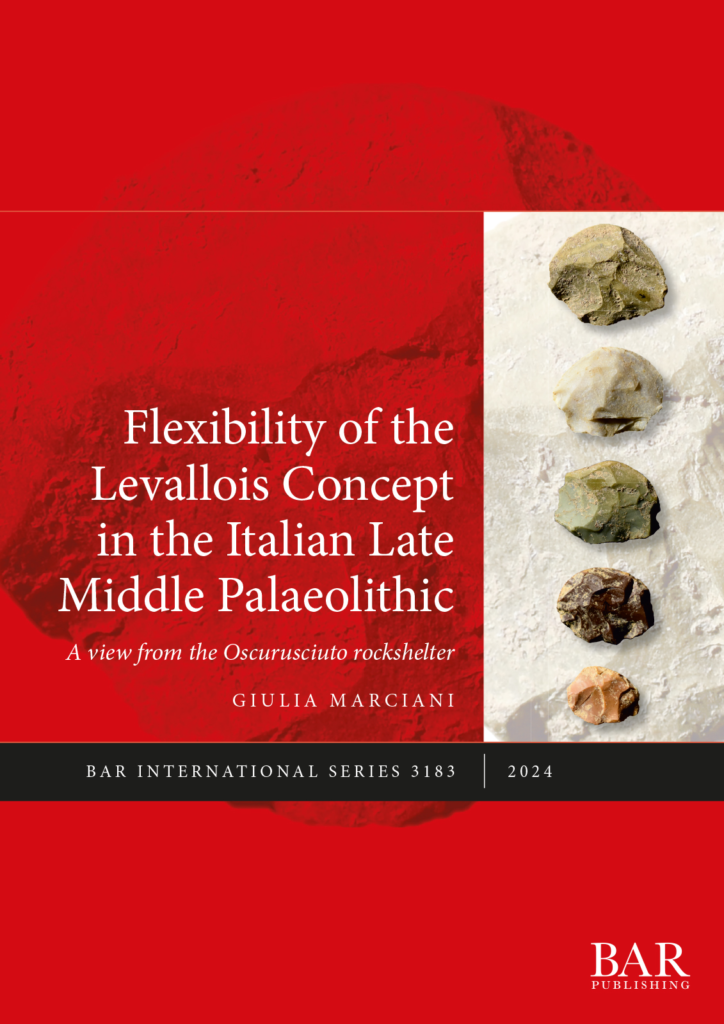
The Neanderthals and their world continue to spark curiosity and fascination, not least because every modern human carries traces of DNA inherited from prehistoric encounters. In her monograph, Giulia Marciani delves into the technologies employed by a group of Neanderthals around 55,000 years ago at the Oscurusciuto site (Ginosa, Taranto). This site is particularly significant as its human occupations span a period just before, during, and immediately after the massive eruption of Mount Epomeo, whose ash layers provide invaluable chronological markers.
Marciani guides readers through the technological strategies of these final representatives of a human species that emerged in Europe around 400,000 years ago and disappeared between 42,000 and 40,000 years ago with the arrival of our species. The book invites readers to immerse themselves in the Neanderthal world, exploring how archaeologists reconstruct the lives of these extinct populations through the study of stone tools and artefacts.
Recommended for anyone passionate about archaeology and prehistory, this volume offers a captivating glimpse into a distant past and the scientific methods that allow us to understand it.
GENNAI, J. (2024). Flexibility of the Levallois Concept in the Italian Late Middle Palaeolithic: by Giulia Marciani, BAR International series, Bar Publishing, 2024, 164 pp., 96 figures black & white and colour, £49.00, ISBN 9781407361659. Lithic Technology, 1–3. https://doi.org/10.1080/01977261.2024.2439650

